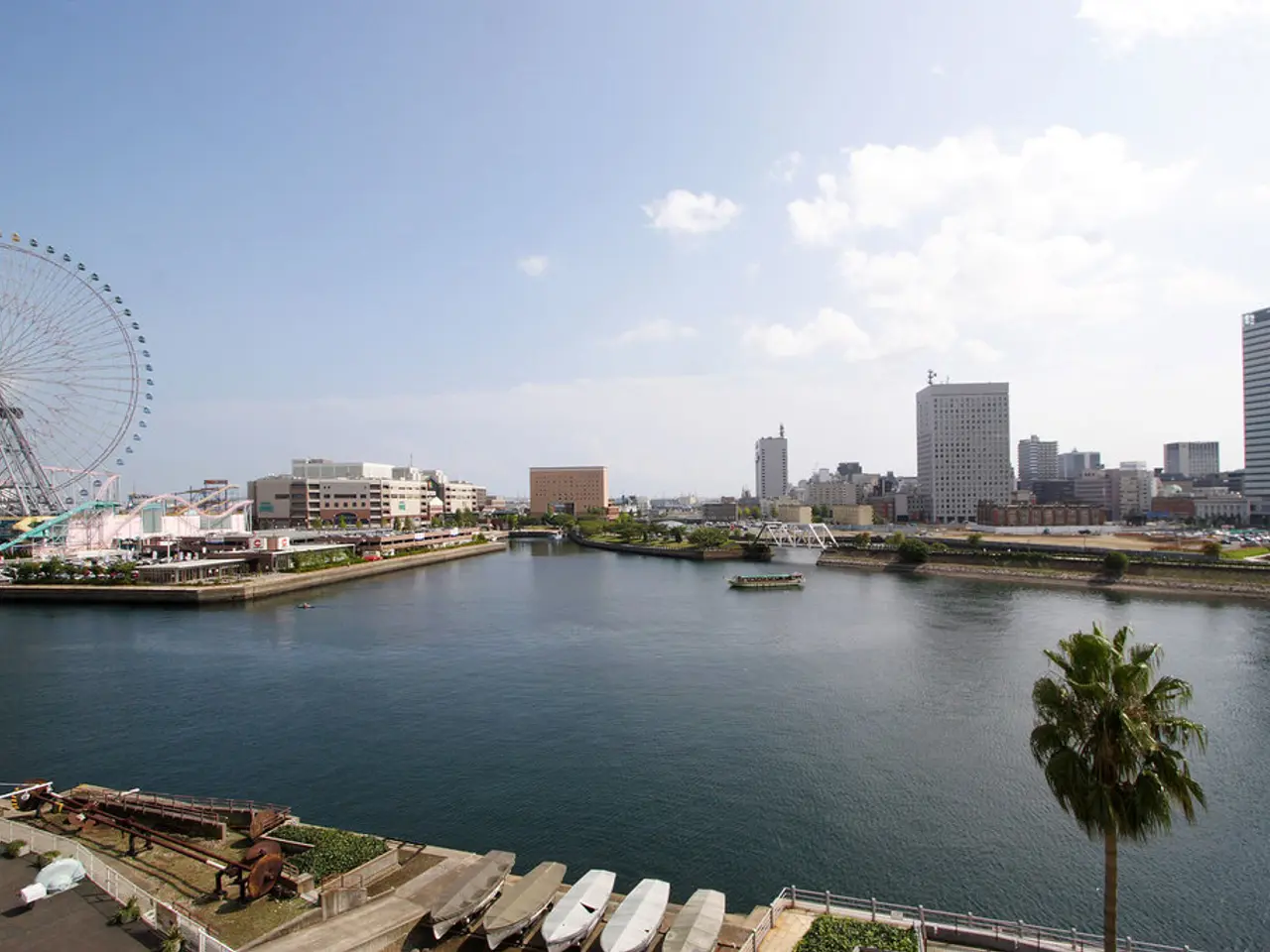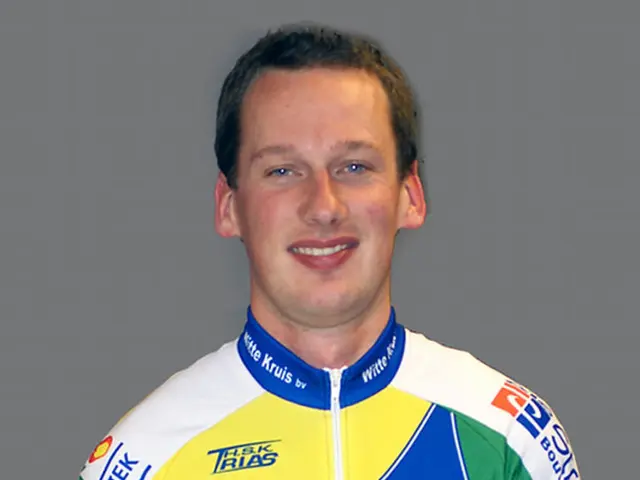Alessandro Ravagnin showcased breathtaking Cosmic Scapes through Deep Sky and Planetary Astrophotography (Detailed Analysis)
In the quiet town near Venice, Italy, a remarkable backyard observatory named ADAM hums with activity as Alessandro Ravagnin, an award-winning deep-sky and planetary astrophotographer, delves into the mysteries of the cosmos.
Alessandro's astrophotography setup is a testament to his passion for capturing the beauty of galaxies, nebulae, and star clusters. At the heart of his equipment arsenal are telescopes like the Celestron C11HD Edge and Tecnosky 115mm f/800mm refractor, a robust equatorial mount in the form of the SkyWatcher EQ8, and cameras such as the ZWO ASI2600MM Pro and a Canon 70-200mm f/4 lens.
Alessandro's observatory, a Teechnoshelter 2×2 dome, is fully automated and integrated with his home automation system. His collection of ZWO cameras includes multiple ASI models, alongside a modified Canon EOS 350D. He also uses a variety of filters for different purposes, such as Optolong LRGBSHO for deep-sky imaging, Baader CH4 and near-infrared filters for planetary work, and Baader Astrosolar and Daystar Quark Prominence filters for solar imaging.
Advanced scientific activities are also supported by his setup, with spectroscopy instruments like StarAnalyzer 200, Sol’Ex with high-density gratings, MLAstro SHG700 spectrograph, and a Baader 2” H-alpha filter (35nm bandwidth). This allows Alessandro to perform both high-resolution imaging and detailed spectroscopy directly from his backyard.
Though his observatory is located right behind his home, Alessandro's focus is not limited to his backyard. He also utilizes telescopes in Rio Hurtado, Chile, known for its dark skies and exceptional seeing conditions. Most of his astrophotography is done using a mix of local setups and remote telescopes located in some of the best dark-sky sites worldwide.
Alessandro's work is not just about capturing stunning images; he is particularly drawn to challenging and less-explored targets such as gravitational lenses, remote galaxies, distant quasars, and small planetary nebulae. He is deeply involved in the ShaRA project, a collaborative initiative to create detailed and artistic images of the night sky.
In 2024, Alessandro had several notable achievements, including winning first place at AstroFest 2024, reaching the finals of the Astronomy Photographer of the Year 16, participating in Chianti Topics in Florence, capturing the rare spectra of the X3.98 and X1.28 flares, and inspiring the next generation of astronomers.
For post-processing, Alessandro relies on tools like PixInsight, Gimp, ImPPG, Autostakkert, DeepSkyStaker, Bass Project, and Photoshop Express. His work can be followed on his blog AstroTrex, Facebook, and Instagram accounts.
Anthony Robinson, the founder and owner of Skies & Scopes, a publication and community focused on amateur astronomy and astrophotography, has also featured Alessandro's work in various publications.
[1] Source: Alessandro Ravagnin's Website [2] Source: AstroTrex Blog Post
- Alessandro Ravagnin, an astrophotographer, uses a Celestron C11HD Edge and Tecnosky 115mm f/800mm refractor telescopes, a SkyWatcher EQ8 mount, ZWO ASI2600MM Pro camera, and a Canon 70-200mm f/4 lens in his astrophotography setup.
- Alessandro's Teechnoshelter 2×2 dome observatory is automated and integrated with his home automation system, and equipped with a collection of ZWO cameras, filters like Optolong LRGBSHO, Baader CH4, and Baader Astrosolar, and spectroscopy instruments such as StarAnalyzer 200 and MLAstro SHG700.
- Alessandro's astrophotography extends beyond his backyard, utilizing telescopes in Rio Hurtado, Chile, and incorporating a mix of local setups and remote telescopes located in excellent dark-sky sites worldwide.
- Alessandro's work focuses on challenging and less-explored targets like gravitational lenses, remote galaxies, distant quasars, and small planetary nebulae, and he is involved in the ShaRA project, a collaborative initiative creating detailed and artistic images of the night sky.
- In 2024, Alessandro achieved several milestones, including winning first place at AstroFest 2024, reaching the finals of the Astronomy Photographer of the Year 16, and inspiring the next generation of astronomers.
- For post-processing, Alessandro uses tools like PixInsight, Gimp, ImPPG, Autostakkert, DeepSkyStaker, Bass Project, and Photoshop Express, and his work can be followed on his blog AstroTrex, Facebook, and Instagram accounts.
- Anthony Robinson, founder of Skies & Scopes, a publication and community focused on amateur astronomy and astrophotography, has featured Alessandro's work in various publications.




